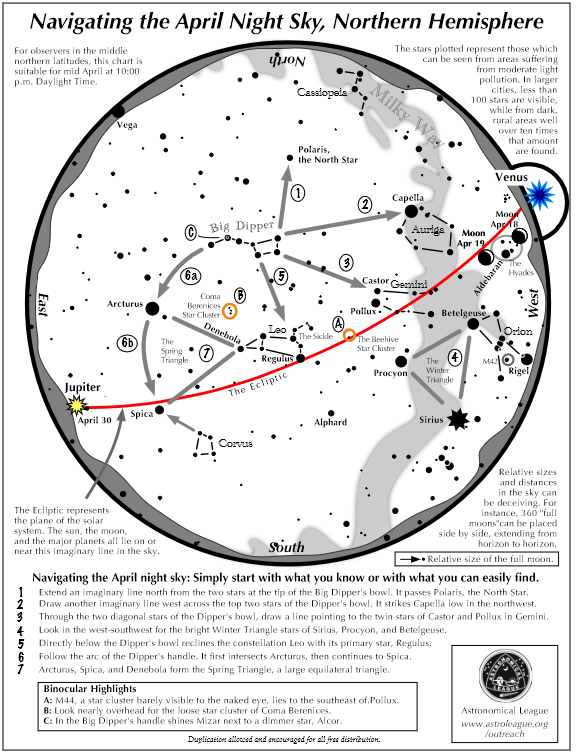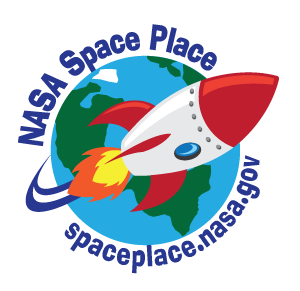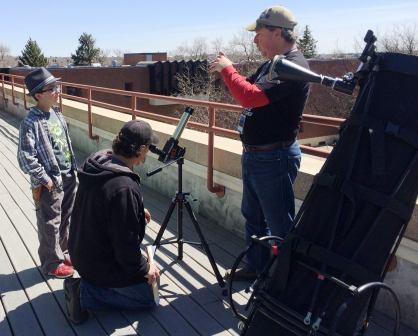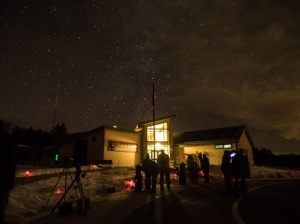
Author Archives: David Warner
March 2018 NASA Space Place Article – Measuring the Movement of Water on Earth
February 2018 NASA Space Place Article – What is the Ionosphere?
January 2018 NASA Space Place Article – 60 Years of Observing Earth
November/December 2017 NASA Space Place articles
This article is provided by NASA Space Place. With articles, activities, crafts, games, and lesson plans, NASA Space Place encourages everyone to get excited about science and technology. Visit spaceplace.nasa.gov to explore space and Earth science!

NASA Space Place April 2016: Hubble Shatters The Cosmic Record For Most Distant Galaxy
This article is provided by NASA Space Place. With articles, activities, crafts, games, and lesson plans, NASA Space Place encourages everyone to get excited about science and technology. Visit spaceplace.nasa.gov to explore space and Earth science!
AstronomyClub_AprilWhat to see April 2016
Each Month we give a “What’s Up in the Night Sky” presentation at our monthly meeting. I’ll try to also start a monthly posting of this presentation for those that are unable to attend our meeting. Hope this works! Dave Warner
This Month: The Lyrids Meteor Shower is coming up this month with a radiant near the star Vega. A series of double moon transits of the planet Jupiter ends this month with two more that will be visible in our local night skies. We’re moving into “galaxy” season with many great galaxies and globular clusters that will be high in the night sky this month. I’ve included a couple of messier finder charts to find a couple of my favorites that are at optimum viewing this month. And finally, the Astronomical League has started a new Mercury Transit Observing Challenge where I list the requirements. Go to the AL web site for specifics to complete this challenge. The Mercury transit is May 09 and the next one won’t be until 2019 so get in on the action, get ready to see this transit and do some science!
Whats-Up-APR-2016-1NASA Space Place March 2016: Gravitational Wave Astronomy
March 04, 2016 Dark Skies Observing Event at Florissant Fossil Beds National Monument
Colorado Springs Astronomical Society members will be at the Florissant Fossil Beds National Monument visitors center on March 4th with our telescopes for viewing of the stars. The evening events start at 6:30 PM. Admission for the program is the regular park entrance fee, which is $5 per adult (16 years and older);children and federal pass holders are free and provides 7 days of access to the park if y0u’d like to come back and explore over the weekend. The dark skies are worth the trip.
Florissant Fossil Beds is an excellent place to learn about and enjoy the wonders of the night sky. Located 1 hour from Colorado Springs, Florissant Fossil Beds is easily accessible yet far enough away from light pollution to provide for dark skies to observe things we can’t see here in Colorado Springs even through our big telescopes. From the park, it is possible to see the Milky Way, other galaxies, star clusters, nebula, comets (when they are around) and much more. The night sky programs begin with a 30 minute interpretive program inside the visitor center. The program is followed by 90 minutes of sky watching. No reservations are necessary. Space is limited inside the theater where the presentation is given.
It is March and the weather is unpredictable so be prepared!
Find out more:
http://www.nps.gov/flfo/learn/news/night-sky-program-march-4.htm
February 13th Florissant Fossil Beds Dark Sky Party
Colorado Springs Astronomical Society members will be at the Florissant Fossil Beds National Monument visitors center on February 13 with our telescopes for public viewing of the stars. The evening events start at 6:30 PM.
Florissant Fossil Beds is an excellent place to learn about and enjoy the wonders of the night sky. Located 1 hour from Colorado Springs, Florissant Fossil Beds is easily accessible yet far enough away from light pollution to provide for dark skies to observe. From the park, it is possible to see the Milky Way, other galaxies, star clusters, nebula, comets (when they are around) and much more. The night sky programs begin with a 30 minute interpretive program inside the visitor center. The program is followed by 90 minutes of sky watching. No reservations are necessary. Space is limited inside the theater where the presentation is given.
It is February so dress warm!
Find out more:
The Space Place Article for February 2016

CSAS has a partnership with The NASA Space Place to bring monthly news of specific NASA projects to our members and to help spread the excitement of space and Earth science, as well as the technology that advances the science. The attached is the February 2016 article.
The-Space-Place_FebruaryBig Cool Science Festival

Hal, Tristan and Dave were also there showing views of the Sun.Continue reading “Big Cool Science Festival”
March 14 Star Gazing event open to the public

It’s star gazing time! Join us on Saturday, March 14, from 7:30-9:30 at the Florissant Fossil Beds Visitor Center. The night sky program begins with a 30 minute interpretive program inside the visitor center followed by 90 minutes of sky watching. Saturday’s topic is “Measuring the Dark”. Continue reading “March 14 Star Gazing event open to the public”
Valentine’s Under the Stars at Florissant Fossil Beds February 14
Colorado Springs Astronomical Society members will be at the Florissant Fossil Beds N.M. on February 14 with our telescopes for public viewing of the stars.
Florissant Fossil Beds is an excellent place to learn about and enjoy the wonders of the night sky. Located 1 hour from Colorado Springs, Florissant Fossil Beds is easily accessible yet far enough away
from light pollution to provide for dark skies to observe. From the park, it is possible to see the Milky Way, other galaxies, star clusters, nebulas, comets (when they are around) and much more. The night sky programs begin with a 30 minute interpretive program inside the visitor center. The program is followed by 90 minutes of sky watching. No reservations are necessary. Space
is limited inside the theater where the presentation is given.Continue reading “Valentine’s Under the Stars at Florissant Fossil Beds February 14”
Comet Lovejoy and the Florissant Fossil Beds Night Sky program with CSAS
Comet Lovejoy has just made its closest approach to Earth and is now making its way back out of the solar system. People in the Northern Hemisphere like us here in Southern Colorado still have a chance to see it at its brightest as its journey takes it past Pleiades and high into the night sky. This will be one of our target objects at our upcoming star party 6-8 PM on Saturday, January 17 at the Florrisant Fossil Beds National Monument Visitors Center.
http://www.nps.gov/flfo/planyourvisit/event-details.htm?eventID=821446-452862Continue reading “Comet Lovejoy and the Florissant Fossil Beds Night Sky program with CSAS”

